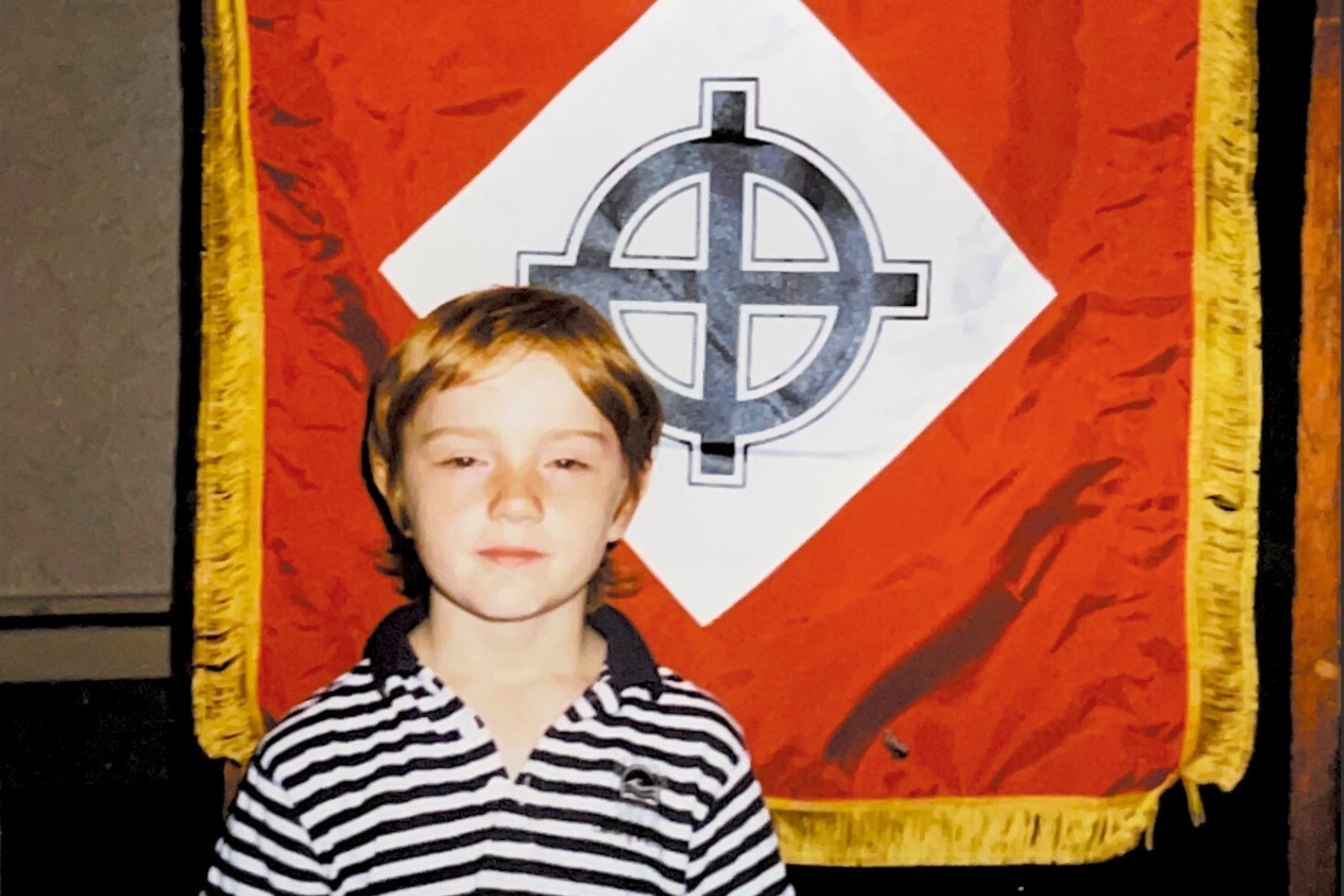Over the course of her career, Temple University's Kathy Hirsh-Pasek has spent a lot of time worrying not just about how to increase playtime in school, but also how to reach kids outside of school. As a psychologist, she knows well the many scientific studies that show the importance of play to learning and child development.
But her best idea, she says, came to her on one lazy Sunday morning while lying in bed. She wondered if it might be possible to build playful learning environments outside of school in ordinary places like supermarkets and bus stations.
When she got up, she called a friend, Andy Ackerman, who at that time was the executive director of the Children's Museum of Manhattan. "Why don't we put playful learning in the streets where people actually go?" she asked. "New York is the epicenter of the world. Why don't we see if we can get Central Park and show off the value of play?"

After a long pause, Ackerman said, "that's just crazy enough that it might work."
Soon after, Hirsh-Pasek and Ackerman were recruiting educators, business leaders, representatives from the National Science Foundation, authors and other researchers to help organize a small gathering designed to shine a light on the role of playtime in children's development .
The idea eventually snowballed into an major event in New York's Central Park that drew 50,000 visitors to what was billed at the "Ultimate Block Party"—an innovative playground of 28 science-inspired learning activities, including building robots, shaping Play-Doh, drawing with sidewalk chalk and putting together Legos (a total of 500,000 pieces were on hand).
What started as a one-off event in 2010 has grown into a movement that now extends to more than 22 cities, including sites in Ecuador, Brazil, Tel Aviv, Philadelphia, Ohio and Akron. In each of these places, local officials have constructed what Hirsh-Pasek and her collaborators call "playful learning installations." Most received help from the nonprofit Playful Learning Landscapes Action Network (PLLAN), which Hirsh-Pasek and her collaborators founded to provide training, coaching, design review and other services to community groups and local organizations interested in creating "playful opportunities in everyday environments."

For example, Philidelphia is doing "reimagined" children's library spaces, equipping individual branches with large multi-colored blocks that allow children to build seating and forts—and, in the process, learning to recognize patterns and shapes and build things with geometric shapes. One branch has a new type of rock-climbing wall upon which children create words by climbing from one letter to another. In Santa Ana, Calif., researchers from UC Irvine and educators at El Sol Sciences & Arts Academy have created a new game they call Fraction Ball, which involves painting fractions and decimals at different places on a basketball court. The goal of the game to make shots from fraction and decimal points that add up to an integer.
Chicago has built seven different installations at locations in and around the city, such as laundromats: Machines display groups of dots next to numbers, to encourage kids to learn to count. Sidewalks have hopscotch patterns made of different geometric shapes. Pathways next to boulevards have boxes with numbers on them, where children learn math while jumping from one to anther.
Studies suggest that these efforts pay off. A 2019 study coauthored by Hirsh-Pasek found that transforming an urban bus stop into "a playful learning hub," with games designed to promote narrative skills, mathematics and spatial skills, increased adult-child interaction by 25 percent and content language by 34 percent—measures the researchers say are associated with success in school. Another study found that Philadelphia's "library learning hubs" increased the time children spent at the libraries and caused them to engage in more social interactions, use more literacy and spatial talk and "displayed more positive affect in the playful learning library spaces than previously."
Hirsh-Pasek and her colleagues hope it's only the beginning. "The number of US cities that have current playful learning installations is 12, and we've also supported projects in 10 different countries around the world," says Sarah Lytle, PPLAN's executive director who earned her PhD working with Hirsh-Pasek. "We are working with many more to develop ideas and projects."
Uncommon Knowledge
Newsweek is committed to challenging conventional wisdom and finding connections in the search for common ground.
Newsweek is committed to challenging conventional wisdom and finding connections in the search for common ground.
About the writer
To read how Newsweek uses AI as a newsroom tool, Click here.





